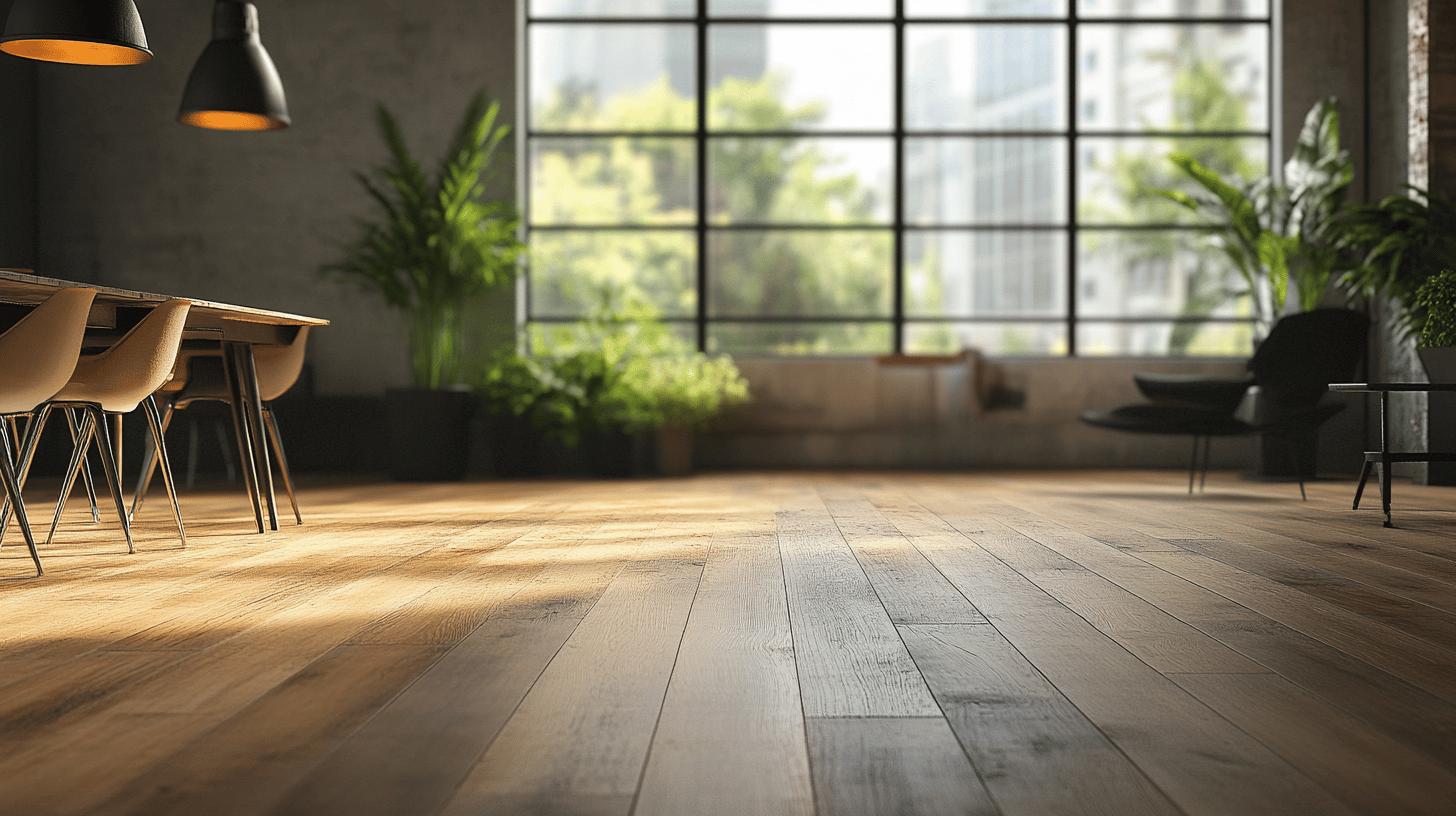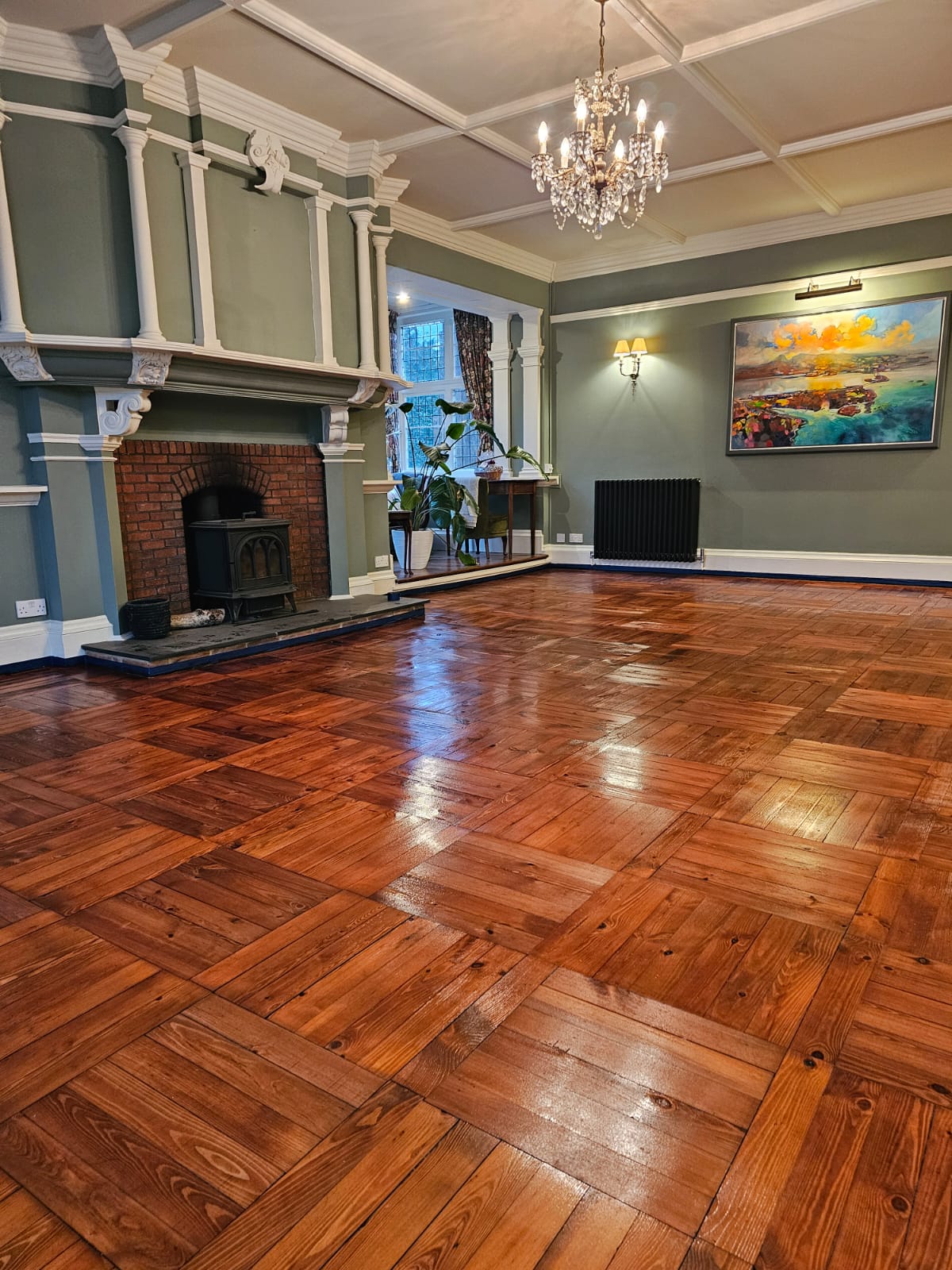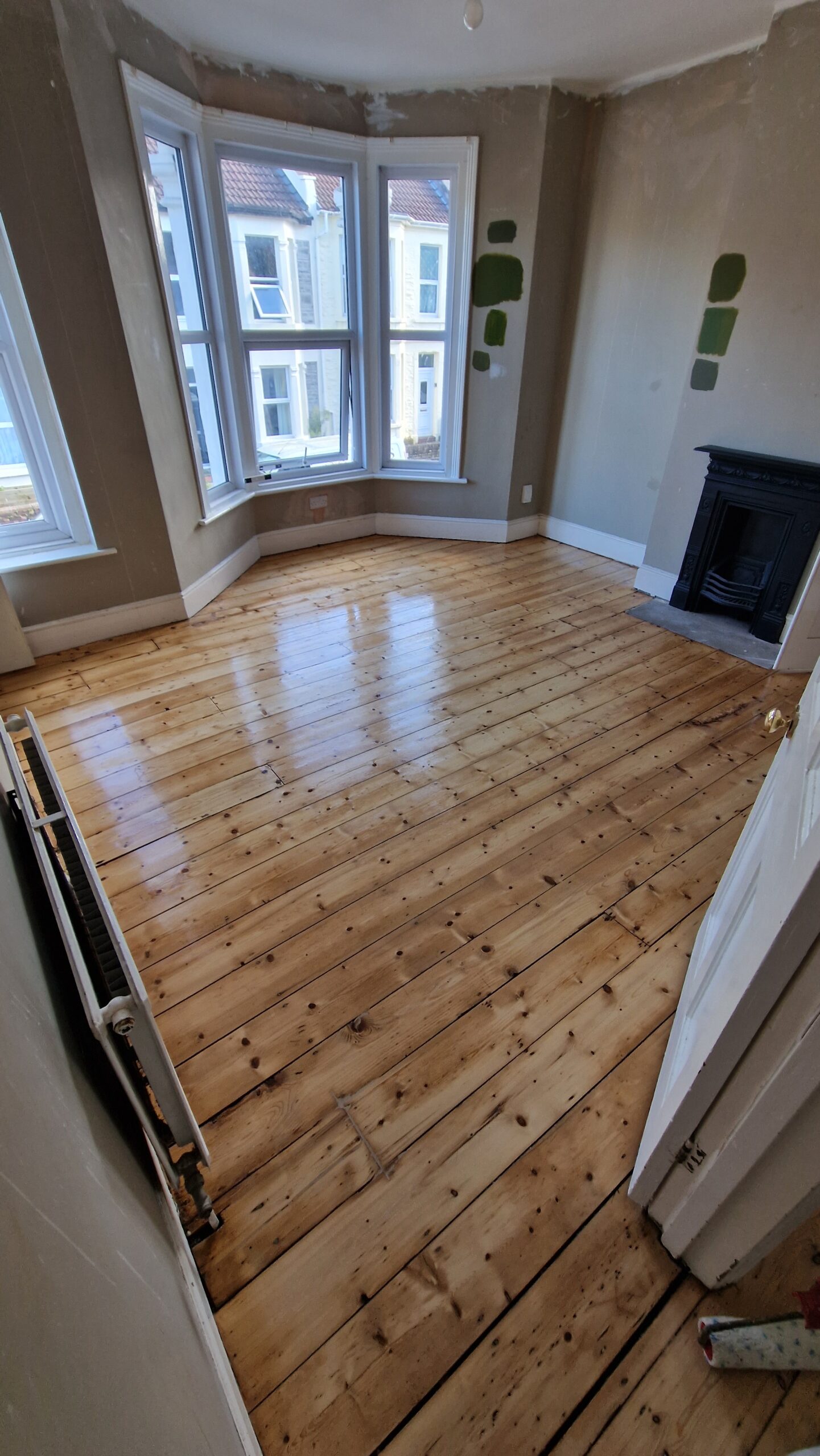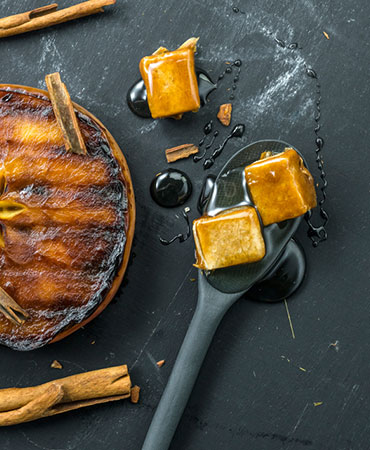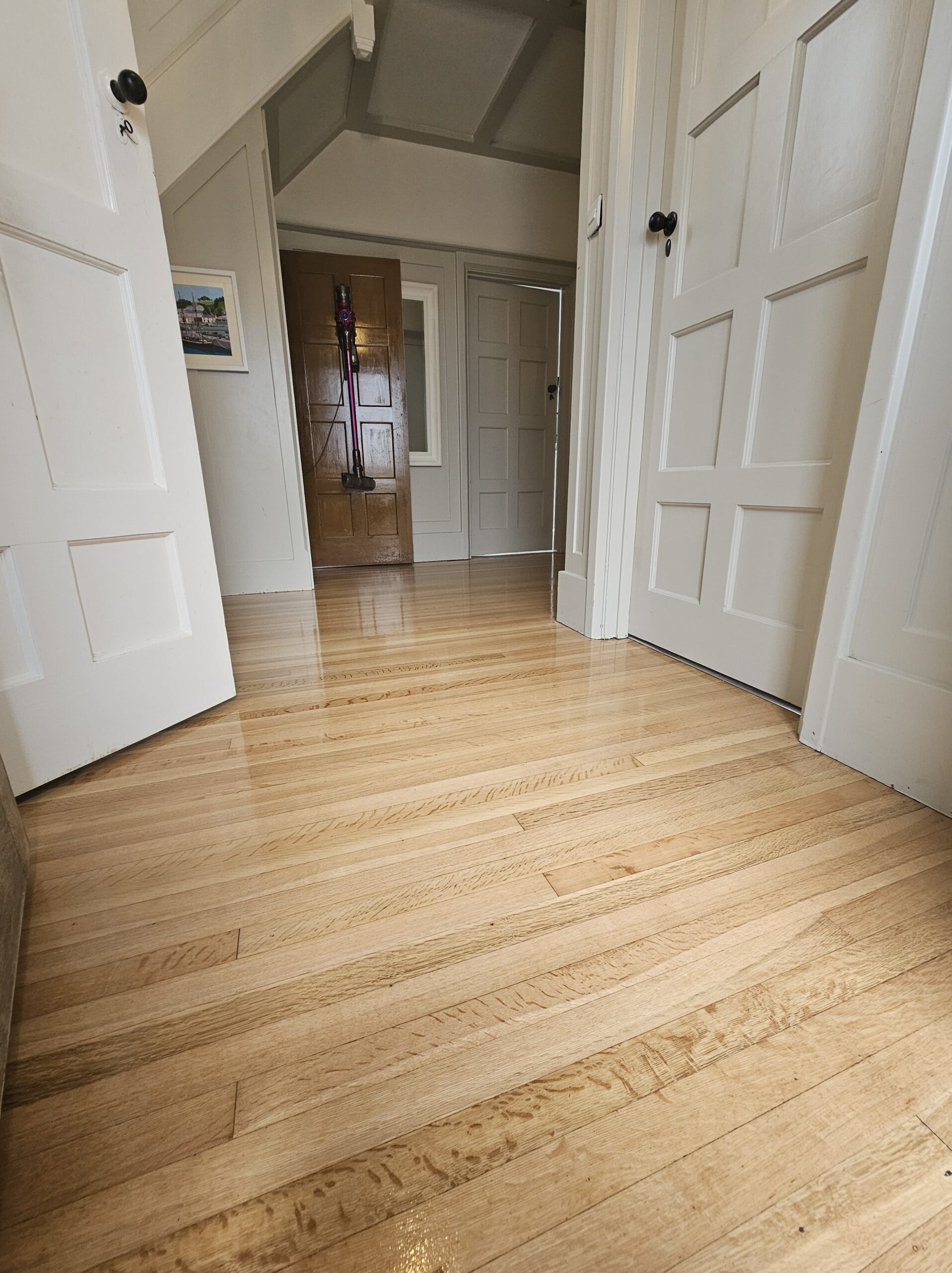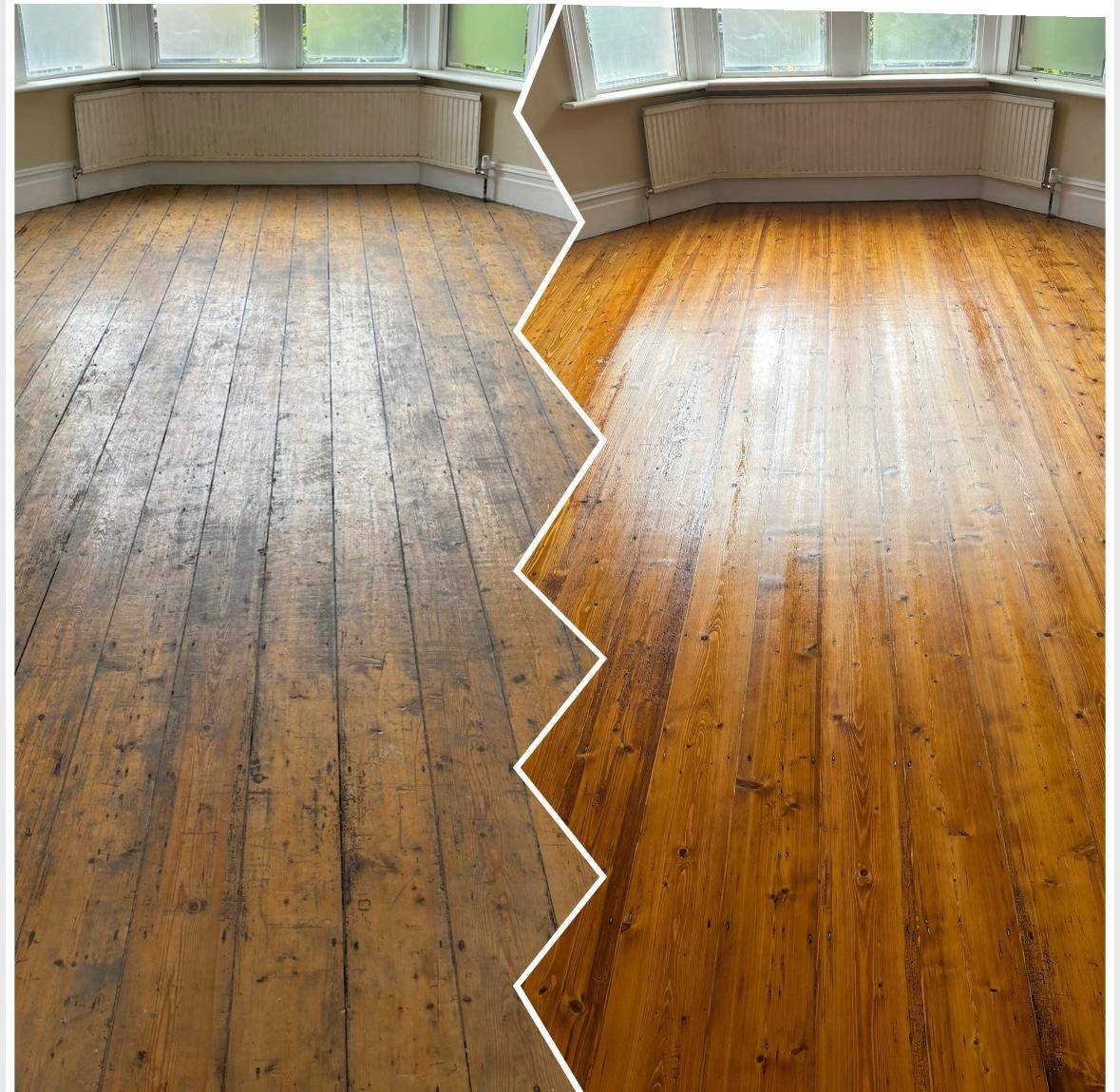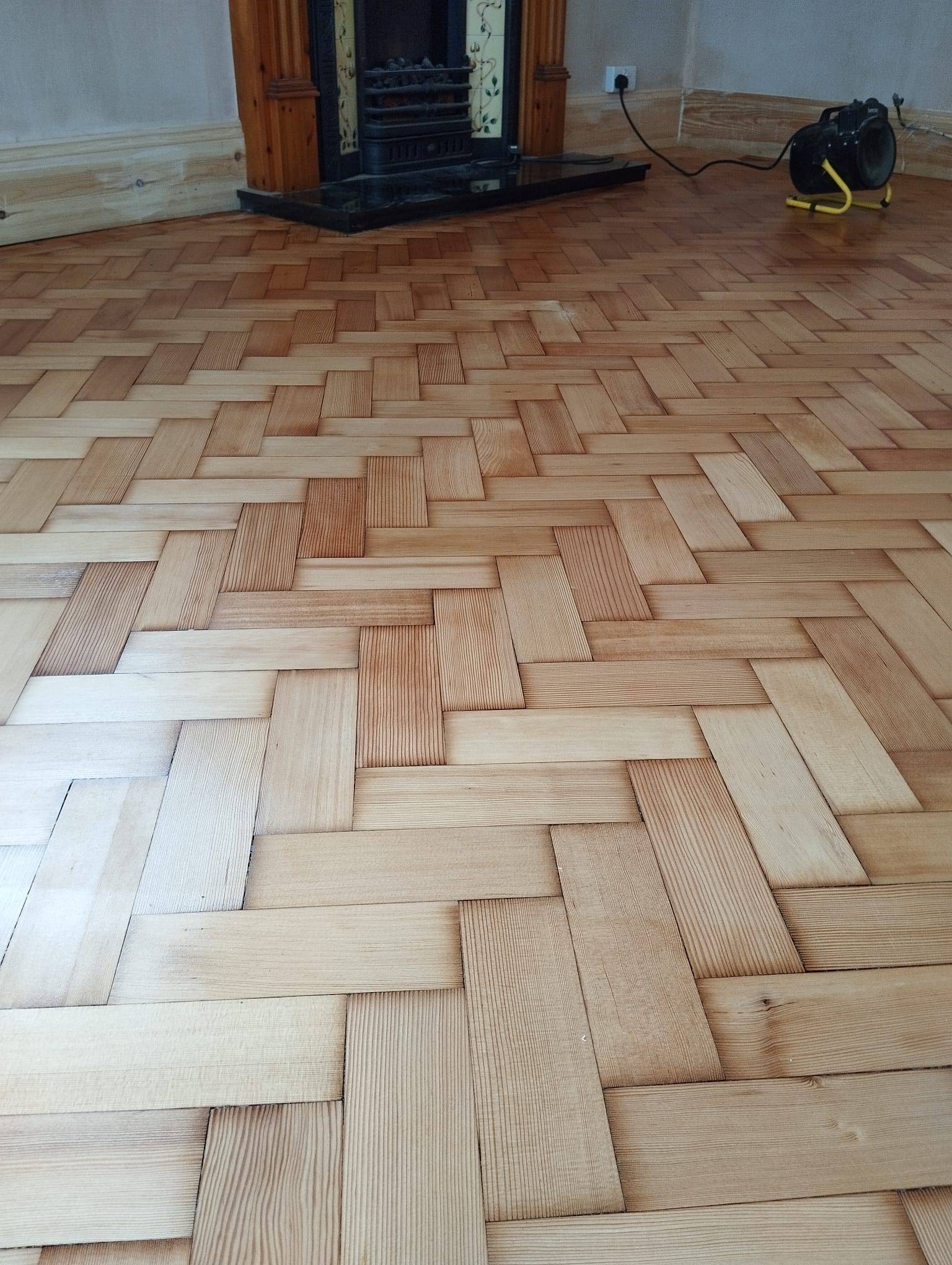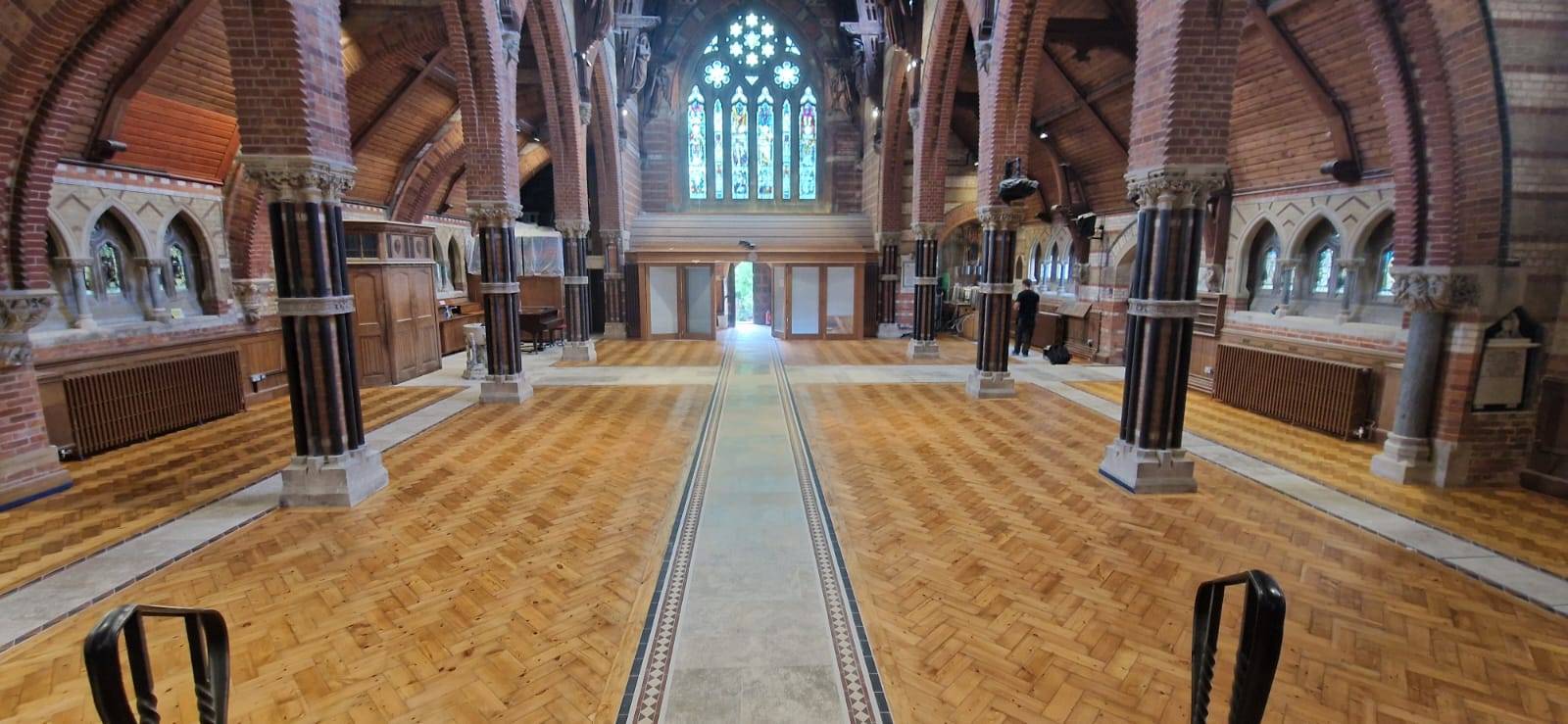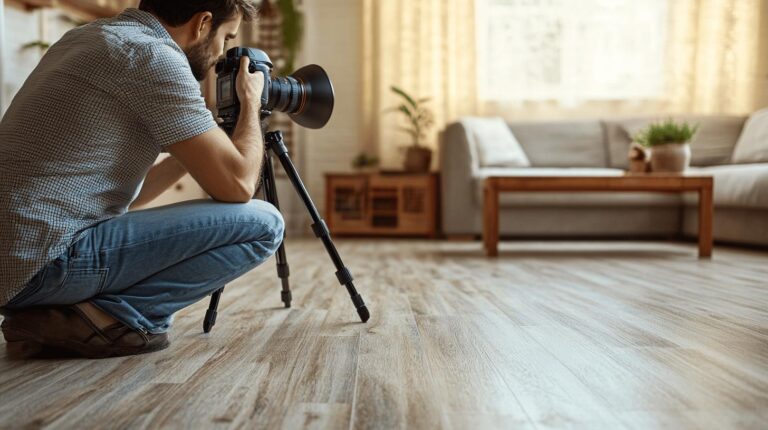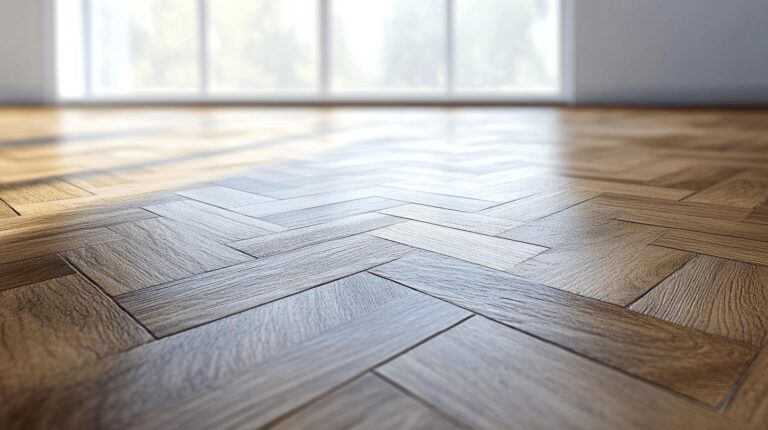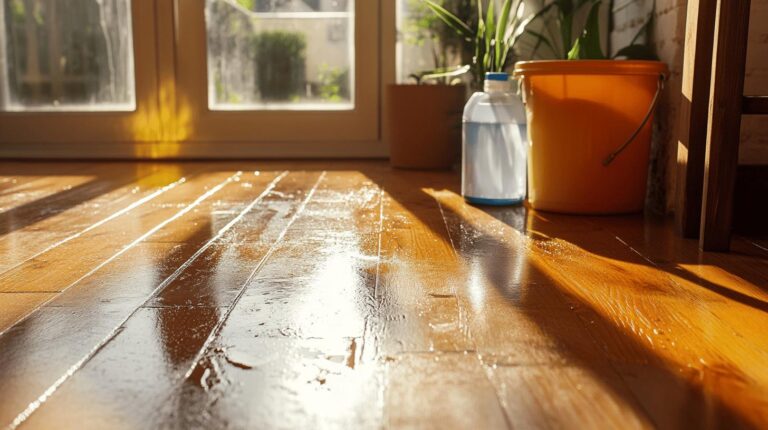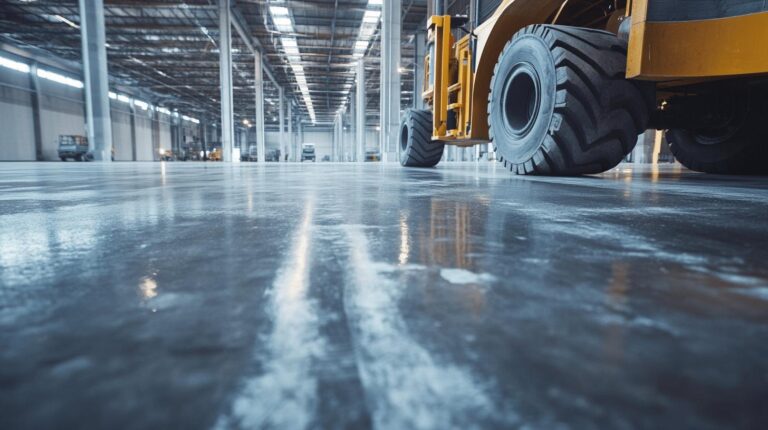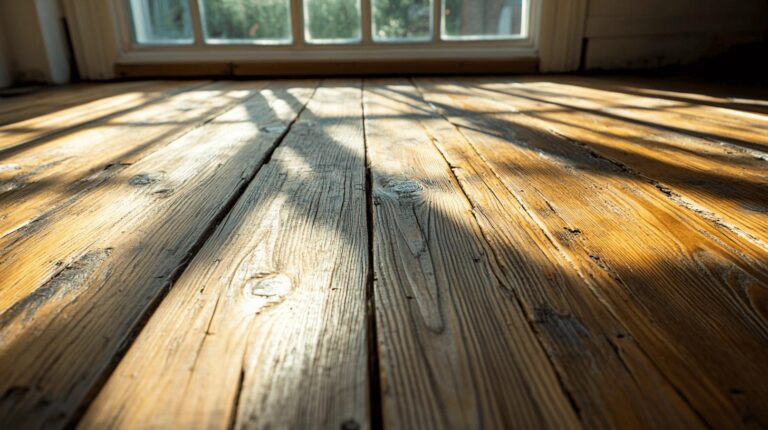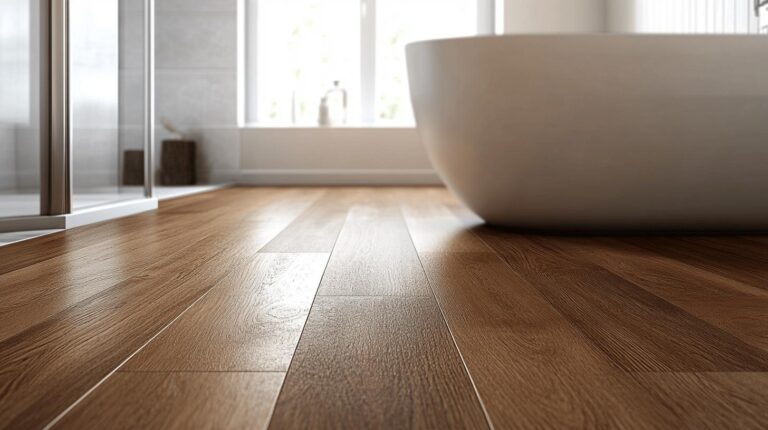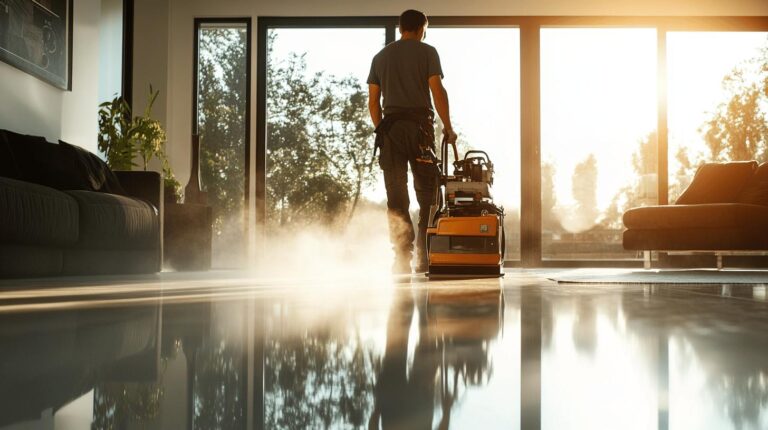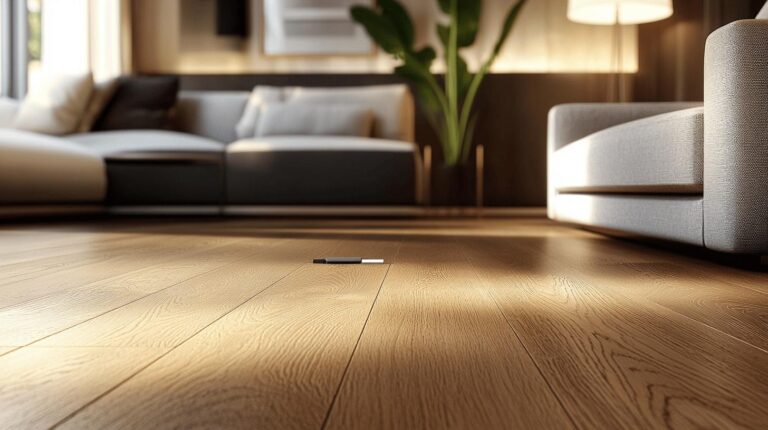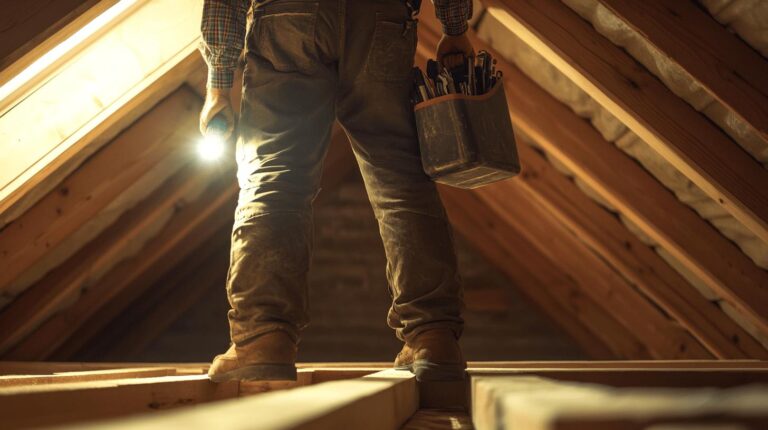Can the elegance of a luxurious space truly be paired with the brute resilience required for industrial settings? Light industrial wood flooring offers the perfect marriage of aesthetics and durability. The right flooring can transform an ordinary environment into an extraordinary experience for employees and visitors alike. This blog explores the essential balance sought in industrial spaces—where aesthetic trends such as Herringbone and Chevron meet the robust cores of engineered wood. Discover how to achieve style and strength in perfect harmony with light industrial wood flooring.
Choosing the Right Light Industrial Wood Flooring
Selecting the appropriate light industrial wood flooring is crucial for balancing aesthetics and functionality in industrial settings. Floors in such environments must withstand the rigours of everyday operations while maintaining visual appeal. Engineered wood flooring is particularly suited for these applications due to its durability and cost-effectiveness. It provides a genuine wood finish that enhances the space without compromising on resilience.
- Plywood Core: Offers stability and moisture resistance, making it reliable for areas prone to humidity fluctuations.
- HDF Core: Known for its high stability, this type is ideal for high-traffic areas, providing durability and ease of maintenance.
- SPC Core: Provides robustness and water resistance, perfect for environments that might encounter spills or moisture.
- Herringbone Pattern: This design adds elegance and visual interest, creating a sophisticated atmosphere in industrial spaces.
- Chevron Pattern: Offers a modern aesthetic, aligning with contemporary industrial design trends.
- Wide Plank Flooring: This creates a spacious feel, enhancing the perception of roominess and openness in the area.
Trending design patterns like Herringbone and Chevron not only elevate the aesthetic quality of a space but also contribute to the branding and identity of industrial environments. These patterns, combined with the right core type, ensure that the flooring is both a practical and stylish choice. Wide plank flooring is another popular option, often chosen for its ability to make spaces feel larger and more inviting. Each design choice plays a crucial role in defining the character of the industrial setting, making it imperative to select options that complement the intended use and ambience.
Balancing Aesthetic Appeal with Durability
Aesthetic appeal in industrial settings plays a pivotal role in crafting a welcoming environment that leaves a lasting impression on both employees and clients. In industrial spaces, the flooring sets the tone and can significantly influence the ambiance and productivity. Attractive flooring choices can transform a utilitarian space into a sophisticated area that complements the overall design ethos of the business. The right flooring not only elevates the visual appeal but also aligns with the company’s brand image, creating a cohesive and inviting atmosphere.
In addition to aesthetics, durability is essential for industrial wood flooring to withstand the demands of high foot traffic and heavy furniture. Surfaces like luxury vinyl are particularly beneficial due to their resilience, making them ideal for areas that require robust flooring solutions. Durable materials ensure that the floors remain in pristine condition over time, reducing the need for frequent replacements and maintenance. This durability contributes to long-term cost savings and maintains the structural integrity of the floors, ensuring they perform well under pressure.
| Aesthetic Feature | Durability Benefit |
|---|---|
| Polished Concrete | High wear resistance |
| Textured Carpet | Noise reduction |
| Luxury Vinyl | Scratch-resistant |
| Engineered Wood | Moisture resistance |
By selecting materials that offer both aesthetic appeal and durability, industrial spaces can achieve a blend of style and functionality. This balance is crucial in environments where the flooring must endure daily use while still contributing to an attractive work setting. Through smart design choices, industrial spaces can maintain a professional appearance without sacrificing performance or durability.
Installation and Maintenance Tips for Light Industrial Wood Flooring
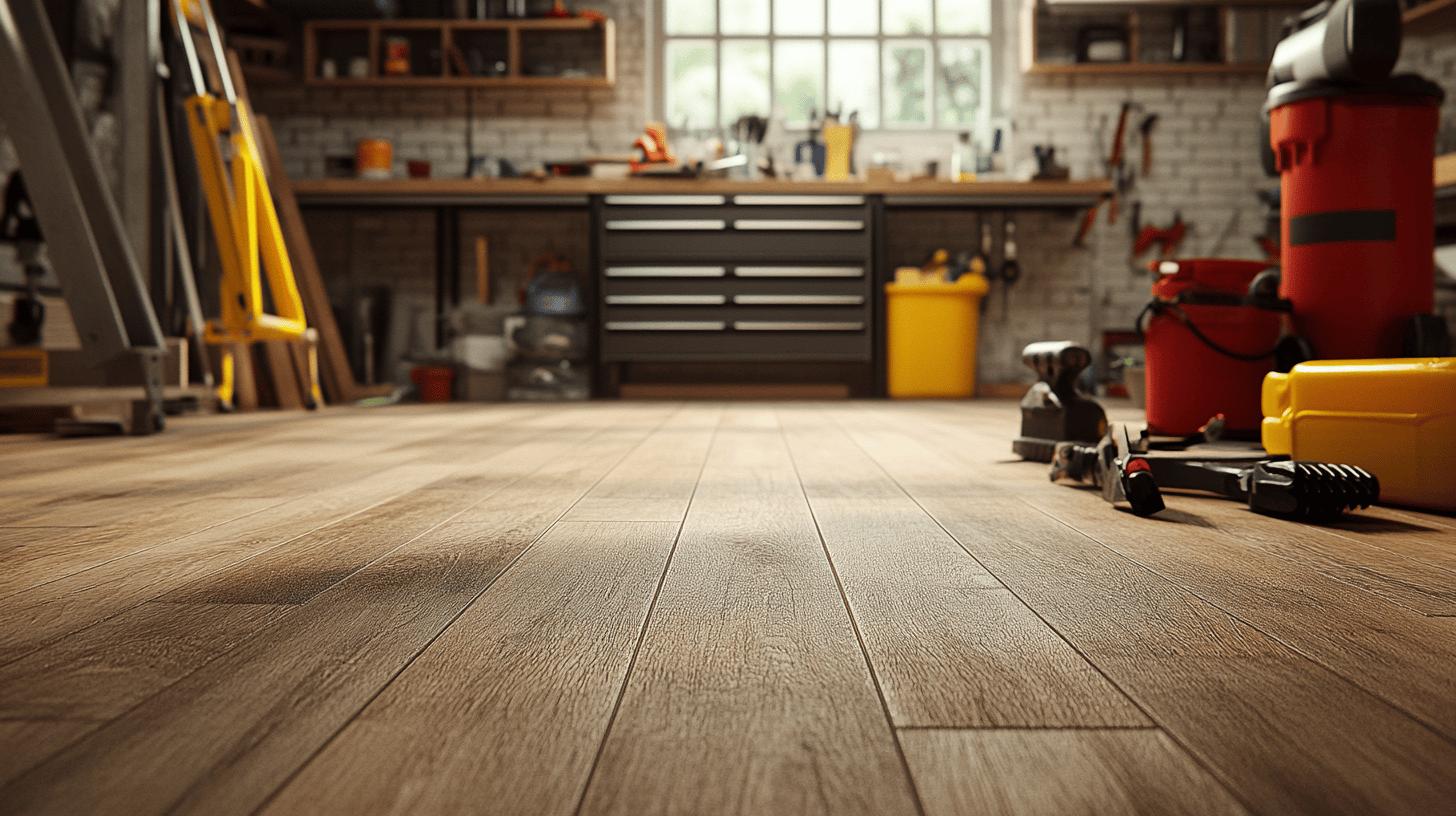
Professional installation of light industrial wood flooring is critical for ensuring both the durability and aesthetic appeal of the material. Engaging skilled installers guarantees that the flooring will perform optimally under the pressures of industrial use, reducing the risk of premature wear and tear. Precision during installation impacts not only the longevity of the floor but also its appearance, making professional services a wise investment for any industrial setting.
Installation Tips
- Prepare the subfloor for smooth installation.
A well-prepared subfloor ensures the flooring sits evenly and prevents future issues such as warping or buckling. - Choose the right installation method (e.g., click-lock, tongue-and-groove).
Different methods offer varied benefits; for instance, click-lock systems are user-friendly and ideal for quick installations, while tongue-and-groove provides a seamless look. - Allow flooring to acclimate to room temperature before installation.
Wood flooring needs to adjust to the ambient conditions of the environment to prevent expansion or contraction after installation. - Ensure proper spacing for expansion.
Wooden floors naturally expand and contract, so leaving adequate space at the edges allows for this movement without causing damage. - Consider underlayment for noise reduction and moisture barrier.
Underlayment can enhance comfort, reduce sound transmission, and offer added protection against moisture-related issues.
Maintenance Tips
Regular cleaning and periodic inspections are vital to maintaining the quality of industrial wood flooring. Dust and debris should be removed frequently to prevent surface scratches. Depending on the finish, occasional refinishing might be necessary to restore the flooring’s original lustre and protective layer. Inspections help identify any potential issues early, allowing for timely repairs and extending the flooring’s lifespan.
Partnering with professionals like Ryan’s Restoration can be invaluable. Their expertise in material selection and installation ensures that the flooring is not only visually appealing but also robust enough to withstand industrial challenges. With their guidance, maintaining the floors becomes a straightforward process, preserving their beauty and functionality for years to come.
Case Studies: Successful Installations of Light Industrial Wood Flooring
Examining real-world case studies can provide invaluable insights into the practical application of light industrial wood flooring. These examples highlight how thoughtful selection and expert installation can achieve both functionality and aesthetic appeal in commercial spaces.
Case Study 1: Modern Office Space in London
The project involved a bustling office environment where foot traffic is constant. Engineered wood flooring with a Chevron pattern was selected for its ability to offer both visual sophistication and robust durability. The outcome was a transformation that not only enhanced the aesthetic appeal of the space but also ensured the flooring could withstand the daily demands of a high-traffic area.
Case Study 2: Industrial-Style Café in Edinburgh
In this project, dark stained wood was chosen for an industrial-style café, aiming for a dramatic and cohesive look that aligned with the café’s brand image. The flooring choice contributed significantly to creating an inviting atmosphere, enhancing the overall customer experience and establishing a distinct identity for the establishment.
These case studies underscore the importance of consulting with experts, such as Ryan’s Restoration, to tailor flooring solutions to specific needs. Professional guidance ensures that the material selection and installation processes are executed flawlessly, achieving a balance between durability and elegance that is crucial in light industrial settings.
Final Words
Selecting suitable light industrial wood flooring involves balancing durability and aesthetics. Engineered wood with options like Plywood or HDF cores offers robust solutions for industrial settings, while designs like Herringbone enhance visual appeal.
Proper installation and maintenance, especially by experts such as Ryan’s Restoration, ensure longevity and performance. Case studies illustrate how design choices can elevate spaces, providing an inviting atmosphere. Finding the right flooring blend enhances both functionality and aesthetics, ensuring a transformative impact on any industrial location.
FAQ
What type of wood flooring is most durable?
Engineered wood flooring is highly durable, making it ideal for light industrial use. It combines multiple layers for stability, with core types like Plywood, HDF, and SPC offering added moisture resistance and strength.
What is the toughest commercial flooring?
The toughest commercial flooring options include SPC (Stone Plastic Composite) core-engineered wood and luxury vinyl, both providing robust water resistance and enduring wear capabilities for high-traffic industrial environments.
What is the most durable finish for hardwood floors?
A polyurethane finish is often considered the most durable for hardwood floors, providing excellent resistance to scratches, spills, and foot traffic, extending the flooring’s lifespan significantly in industrial settings.
What is the lightest wood for flooring?
Balsa wood is one of the lightest woods available for flooring; however, it is not commonly used in industrial settings due to its relatively low durability compared to heavier, more robust wood options.
